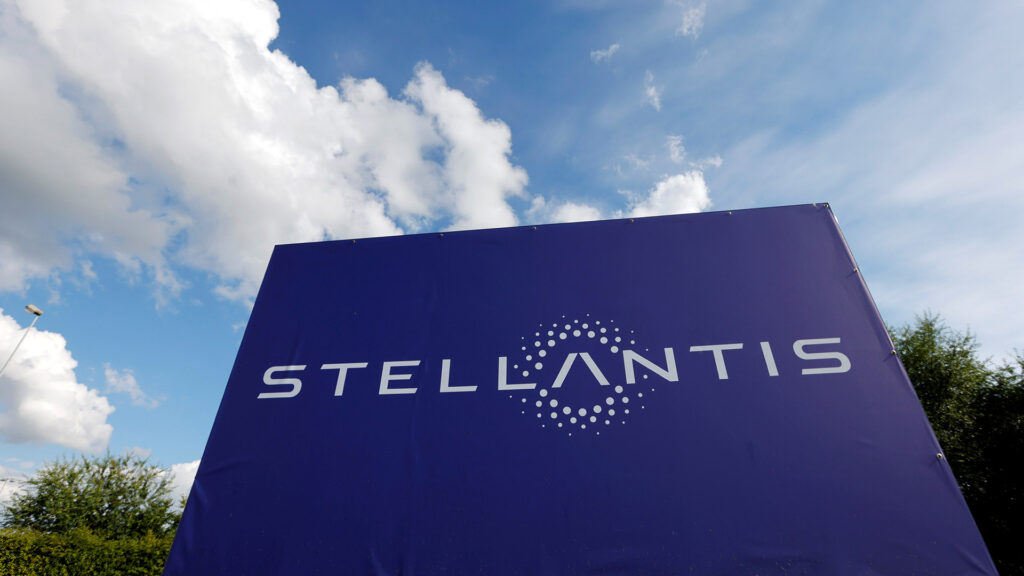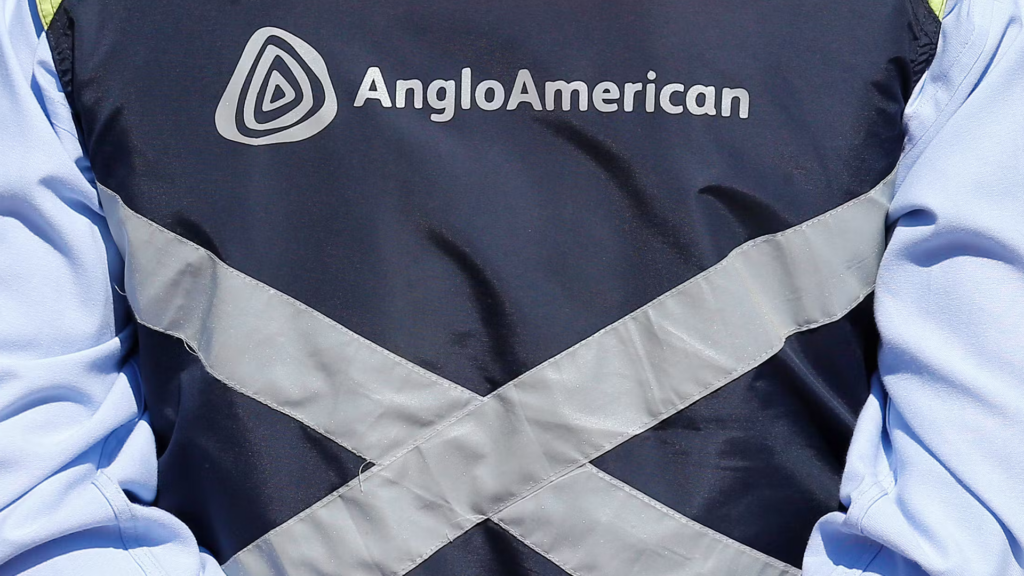|
Getting your Trinity Audio player ready...
|
Amid ongoing negotiations with the United Auto Workers (UAW) union, Stellantis, one of the major players in the automotive industry, has put forward a comprehensive proposal that could reshape its U.S. operations.
This proposal, although contentious, offers the potential for new investments and the revival of an idled vehicle assembly plant in Illinois. Here's an in-depth look at the key elements of this significant development:
Impact on UAW Members and the North American Footprint
Stellantis' proposal could significantly impact thousands of UAW members and lead to the closure of 18 U.S. facilities. This move would effectively reduce the automaker's North American footprint, marking a pivotal moment in the company's operations.
However, this proposal also introduces the concept of a "modernized" parts and distribution network, an idea that has sparked debates between companies and union leaders.
Consolidating "Mopar" Parts Centers
A central focus of the plan involves the potential closure of ten "Mopar" parts and distribution centers, which are currently scattered across the country. Stellantis aims to consolidate these facilities into larger distribution centers reminiscent of Amazon's operations.
Notably, the proposal includes the establishment of a potential "Mega Hub" at the Belvidere Assembly plant, which the company idled indefinitely in February.

Multiple Facilities in the Crosshairs
Several manufacturing facilities have also been included in Stellantis' proposal.
These facilities encompass the Tipton Transmission Plant in Indiana, the partially decommissioned Trenton Engine Complex, the already idled Mount Elliott Tool & Die in Michigan, and the idled Belvidere Assembly plant.
Additionally, the proposal encompasses a Detroit warehouse, office space, and Stellantis' sprawling 500-acre North American headquarters and technology center in metro Detroit.
Rethinking Physical Footprints in the Post-Pandemic Era
Stellantis' proposal regarding its North American headquarters reflects broader trends among companies adapting to remote or hybrid work arrangements in the wake of the COVID-19 pandemic.
This move comes as organizations around the world reevaluate their physical footprints and how they align with evolving work practices.
UAW Concerns and Negotiations
While the closure of the Belvidere Assembly plant could be viewed as a significant victory for UAW leaders, concerns remain regarding employment, workforce displacement, compensation, and automation.
There are apprehensions that new facilities may not employ as many union members as the assembly plant and current parts centers, particularly considering that Mopar positions generally offer lower pay than traditional assembly roles.
The Need for Modernization
Mark Stewart, Stellantis' North American Chief Operating Officer, emphasized the need to "modernize" Mopar facilities. The proposed changes are intended to make operations more efficient.
Stewart indicated that in many cases, the current locations might not be the most suitable for the required investments.

Tentative Deal Dependent on Agreement
The fate of these proposals remains uncertain, as they hinge on the UAW agreeing to a tentative deal before resorting to a strike.
The latest proposal from Stellantis includes substantial raises for workers, immediate pay increases, the elimination of wage tiers for some employees, and other bonuses and benefits, aligning it with offers from other automakers.
A Crucial Turning Point
The Belvidere plant and the future of Mopar facilities are central issues in the negotiations between Stellantis and the UAW.
The outcome of these discussions could significantly impact the automaker's operations and the broader automotive landscape. As negotiations continue, both parties aim to reach an agreement that addresses their respective concerns and secures the future of their operations.







